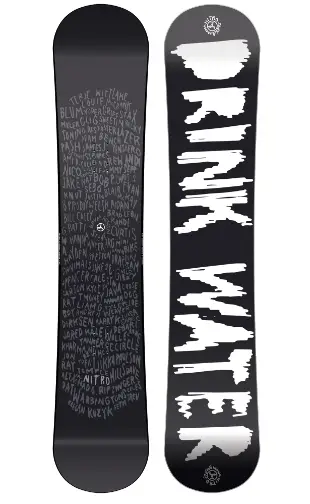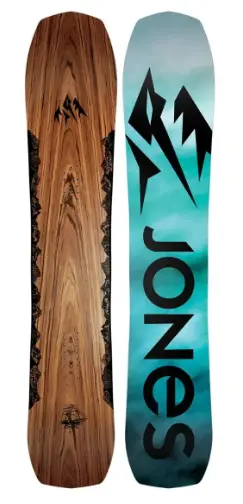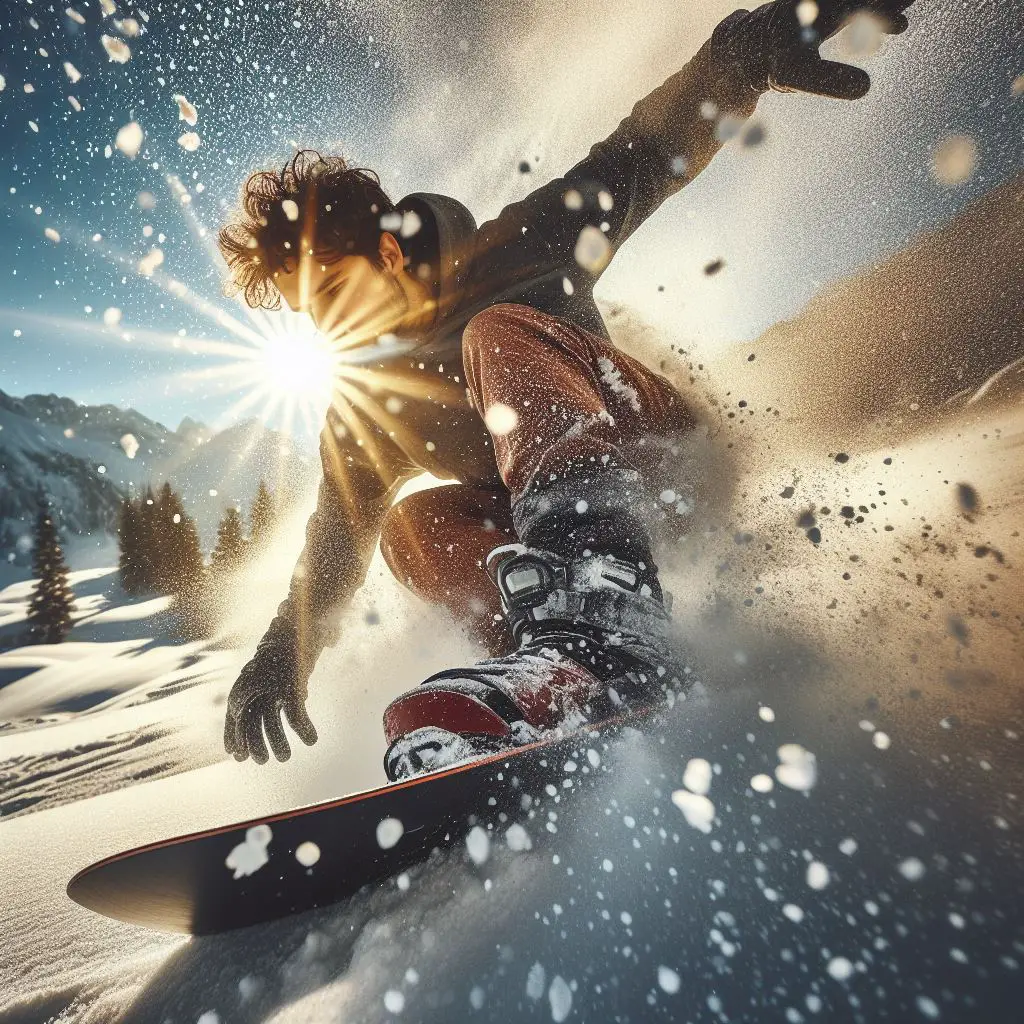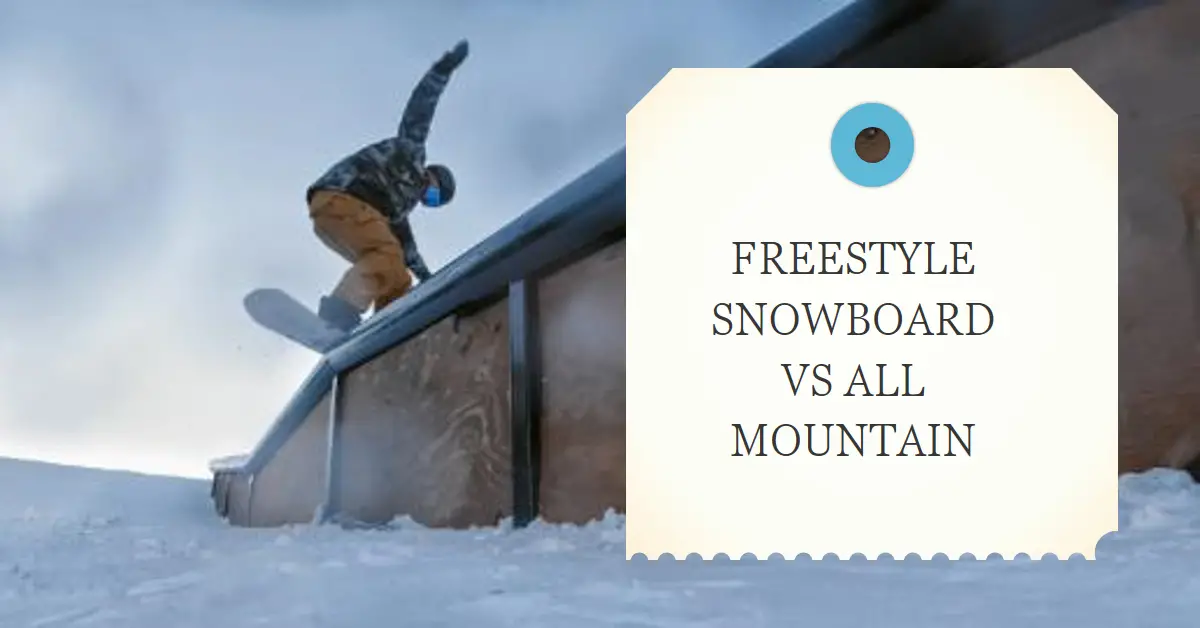For snowboarding enthusiasts, choosing the right board style is crucial to maximize enjoyment on the slopes. The two main options are freestyle and all-mountain designs. While both are versatile, they excel for different snowboarding purposes.
This comprehensive guide compares key similarities and differences between freestyle and all mountain snowboards. Key factors weighed include construction, profiles, sizing, flex ratings, features, and performance to reveal the specialized strengths of each board style.
Whether you seek to master the terrain park or carve down steep slopes, understanding these nuanced distinctions will ensure you select the ideal board tailored to your riding style and priorities.
Table of Contents
Overview of Board Style Types
Before delving into detailed comparisons, here is a general overview of freestyle and all-mountain board characteristics:
Freestyle Snowboards

- Optimized for tricks, kicks, and grabs in the terrain park
- A softer flex allows for tweaking maneuvers
- Twin shape lets you ride the switch with ease
- Smaller directional sizes for spinning control
All Mountain Snowboards

- Designed for versatility across varied terrain
- Stiffer flex for crisp edge control at speed
- Directional shape grips are better for descending
- Larger sizes provide float in powder
Now let’s explore key differences across all elements of board design and performance.
Construction Materials Comparison
Construction materials used for the core, laminates, and base impact the feel and functionality of a board. Here is how freestyle and all-mountain snowboards differ:
| Construction Area | Freestyle | All Mountain |
|---|---|---|
| Core | Poplar wood with softer flex | Poplar/Paulownia wood with stiffer flex |
| Laminates | Fiberglass for response | Carbon fibers for power transfer |
| Base | Extruded polyethylene for durability | Sintered ultra-high molecular weight polyethylene for speed |
Freestyle boards use damp yet flexible materials optimized for pops and flex, while all-mountain boards focus on response and stability through stiffer, high-tech builds.
Profiles Comparison
The profile refers to the sidecut and shape of the board from tip to tail. Freestyle and all-mountain boards utilize specialized profiles:
| Profile Attribute | Freestyle | All Mountain |
|---|---|---|
| Shape | True twin | Directional twin |
| Sidecut | Longer, deeper side | Longer, deeper sidecut |
| Stance | Centered stance | Setback stance |
| Tail/Nose | Identical tips | Tapered directional tail/nose |
Freestyle boards have symmetrical true twin shapes, while all-mountain boards have tapered directional twin shapes optimized for descending stability.
Sizing Comparison
Freestyle and all mountain boards come in different optimal size ranges due to their specialized intents:
| Size Factors | Freestyle | All Mountain |
|---|---|---|
| Lengths | 140cm – 155cm | 150cm – 165cm |
| Waist Widths | 250mm – 260mm | 250mm – 270mm |
| Stance Width | 540mm – 600mm | 550mm – 650mm |
Freestyle boards run shorter and narrower for spin control, while all-mountain boards run longer and wider for float in deep snow.
Flex Rating Comparison
A board’s flex indicates how stiff it feels from tip to tail. Freestyle and all-mountain boards use different flex ratings:
| Flex Rating | Freestyle | All Mountain |
|---|---|---|
| Scale | 1-10 | 5-10 |
| Descriptors | Soft, medium, stiff | Stiff, very stiff, ultra stiff |
| Preferred Range | 3-6 (softer flex) | 7-10 (stiffer flex) |
Freestyle boards optimize softer flex for buttery tricks, while all-mountain boards use stiffer flex for cutting through varied terrain.

Board Feature Comparison
Specialized features help tune board performance for freestyle tricks or all-mountain riding:
| Key Features | Freestyle | All Mountain |
|---|---|---|
| Edges | Blunted detuned edges | Sharpened grippy edges |
| Camber Profile | Hybrid rocker dominant camber | Traditional camber dominant |
| Magne-Traction | No | Yes – deep serrated edges |
| Shock Absorption | Yes | Select models |
| Sidewalls | No | Yes |
Freestyle boards focus on forgiveness while all mountain boards emphasize precision.
Performance Comparison
When evaluating real-world snowboarding performance, freestyle and all-mountain boards excel in different scenarios:
| Performance Factor | Freestyle | All Mountain |
|---|---|---|
| Terrain Park Tricks | Excellent | Capable |
| Jumps/Kicker Hits | Ideal | Good |
| Switch Riding | Excellent | Average |
| Groomers | Capable | Excellent |
| Powder Float | Average | Excellent |
| Icy Conditions | Average | Good |
| Steep Lines | Average | Excellent |
| High Speed Carving | Average | Excellent |
Recommendations by Riding Style
Based on the comparisons above, here are the top board recommendations based on your specific snowboarding interests and terrain:
For Park/Pipe Enthusiasts:
- GNU Park Pickle
- Burton Kilroy Twin
- Salomon Huck Knife
For All Mountain Riding:
- Jones Frontier
- Ride Warpig
- Lib Tech Orca
For Beginner-Intermediate Riders:
- Rossignol Sawblade
- Burton Instigator
- Arbor Element Rocker
Whether you live for park laps or explore the whole mountain, choose a board tailored to your riding style and terrain to maximize your snowboarding performance and enjoyment.
Key Takeaways – Choosing Between Freestyle and All Mountain Boards
- Freestyle boards excel at tricks, switches, jumps with softer flex
- All mountain boards dominate steeps, carving, and powder with a stiffer flex
- Choose true twin for park, directional twin for versatility
- Consider profile, width, camber, and features for desired riding
- Select the right performance strengths for your skill level and terrain
While both board styles are versatile in their own right, understanding these key differences will ensure you get a board that shreds exactly how and where you want to ride.
